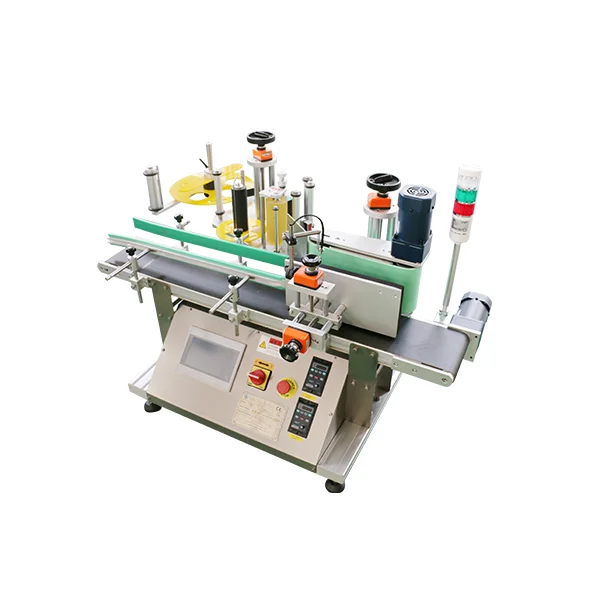PVC sheets, also known as polyvinyl chloride sheets, have gained immense popularity in various industries due to their versatility and cost-effectiveness. However, it is crucial to understand the potential disadvantages associated with their usage. In this blog post, we will delve into the drawbacks of PVC sheets, providing valuable insights for professionals and consumers alike.
- Environmental Impact:
One of the most significant concerns surrounding PVC sheets is their environmental impact. PVC is derived from fossil fuels, and its production process releases toxic chemicals, including dioxins and phthalates. These substances are known to have adverse effects on human health and the environment. Additionally, PVC sheets are not biodegradable, leading to long-term pollution and landfill issues. - Health Risks:
PVC sheets pose potential health risks, primarily due to the presence of phthalates. These chemicals are used as plasticizers to enhance flexibility and durability. However, phthalates have been linked to various health problems, including hormonal disruptions, reproductive issues, and respiratory disorders. Moreover, the release of volatile organic compounds (VOCs) from PVC sheets can contribute to indoor air pollution, causing respiratory irritation and allergies. - Fire Hazard:
While PVC sheets offer excellent fire resistance, they can become a fire hazard under specific conditions. When exposed to high temperatures, PVC releases toxic gases, such as hydrogen chloride, which can be harmful to humans and animals. Furthermore, PVC sheets are prone to melting and dripping, potentially spreading the fire and intensifying its impact. - Limited Temperature Range:
PVC sheets have a relatively narrow temperature range in which they can perform optimally. Extreme heat or cold can cause PVC to become brittle, leading to cracking and reduced durability. This limitation restricts the application of PVC sheets in industries that require materials to withstand extreme temperature variations. - Recycling Challenges:
Although PVC sheets are technically recyclable, their recycling process is complex and costly. The presence of additives and contaminants in PVC makes it challenging to achieve high-quality recycled materials. Consequently, the recycling rate for PVC sheets remains relatively low, contributing to the accumulation of waste and environmental concerns.
Conclusion:
While PVC sheets offer numerous advantages, it is essential to acknowledge their drawbacks to make informed decisions regarding their usage. The environmental impact, health risks, fire hazards, limited temperature range, and recycling challenges associated with PVC sheets highlight the need for exploring alternative materials that offer similar benefits without compromising sustainability and safety.



